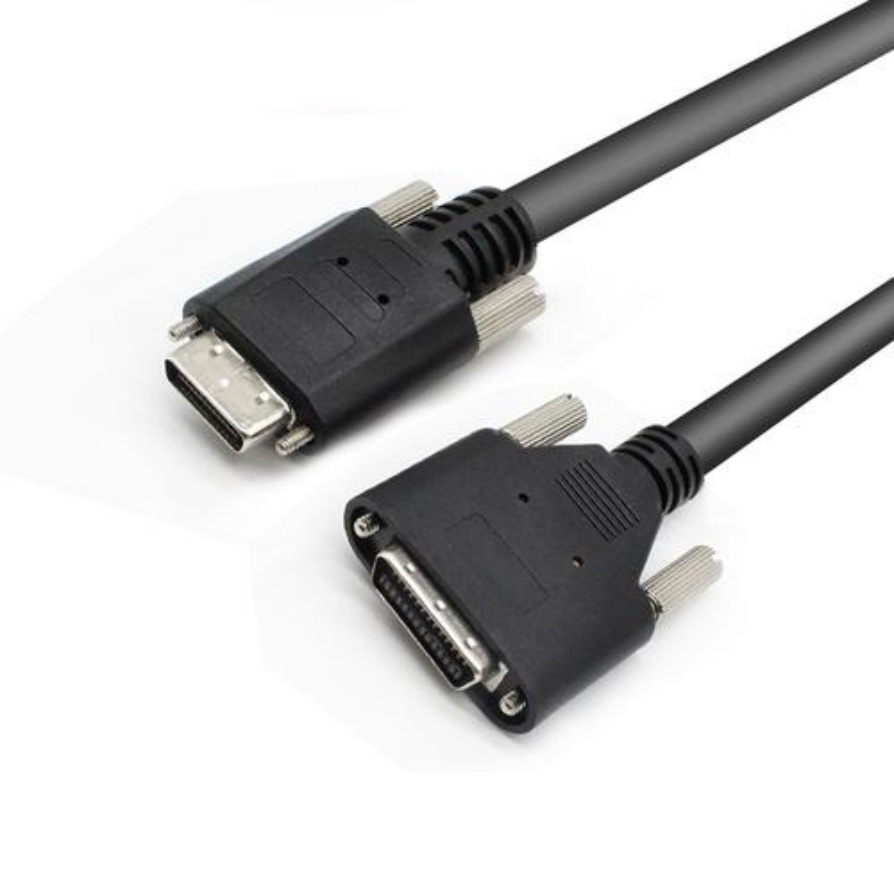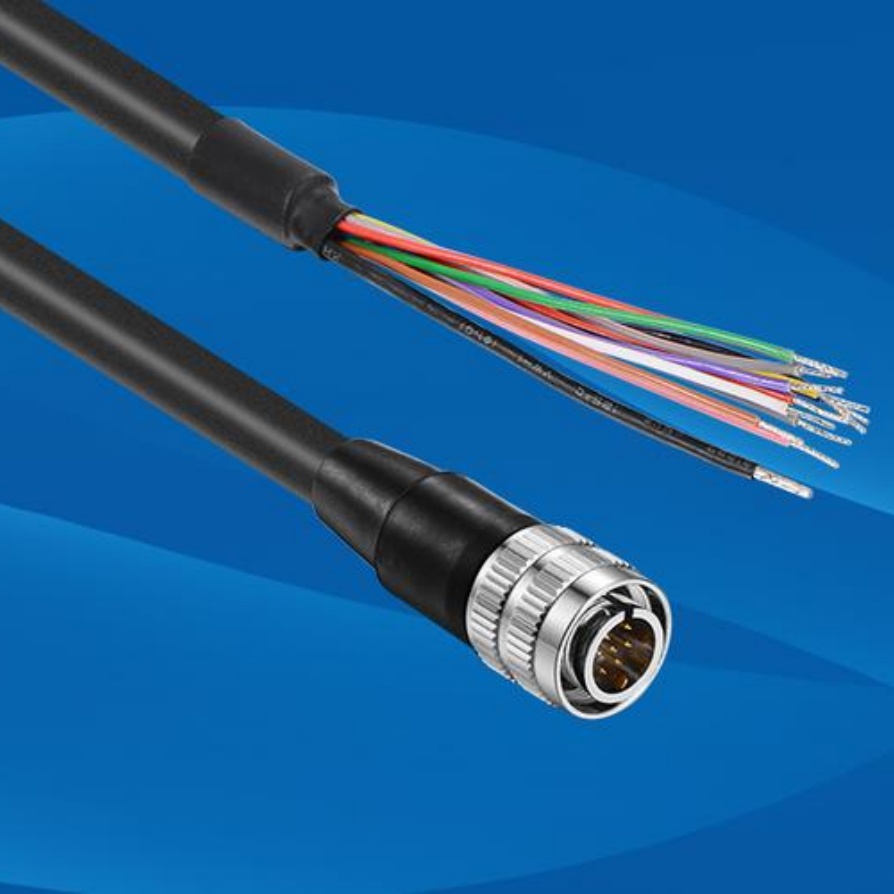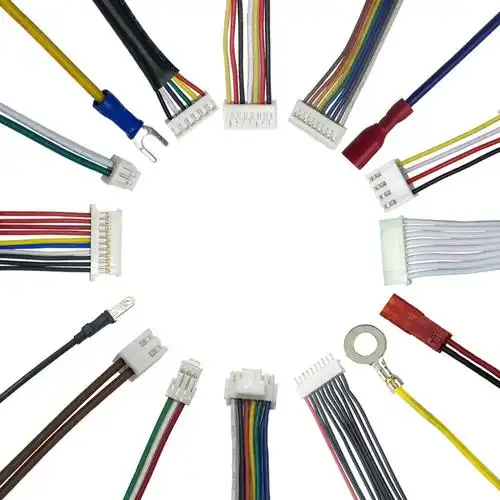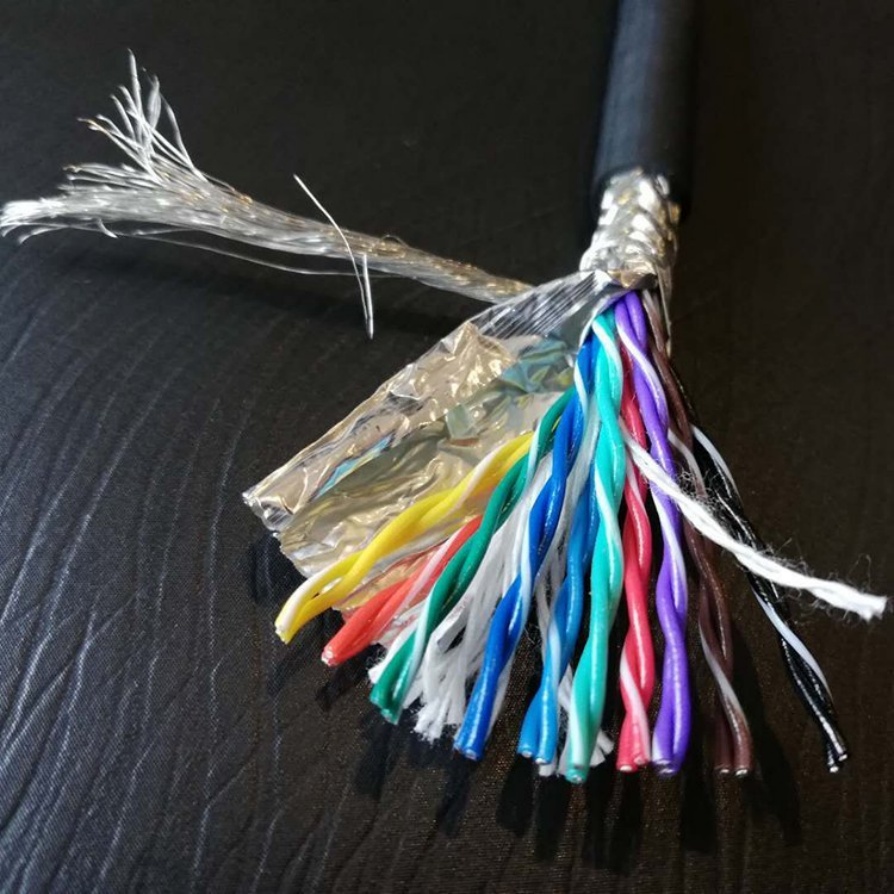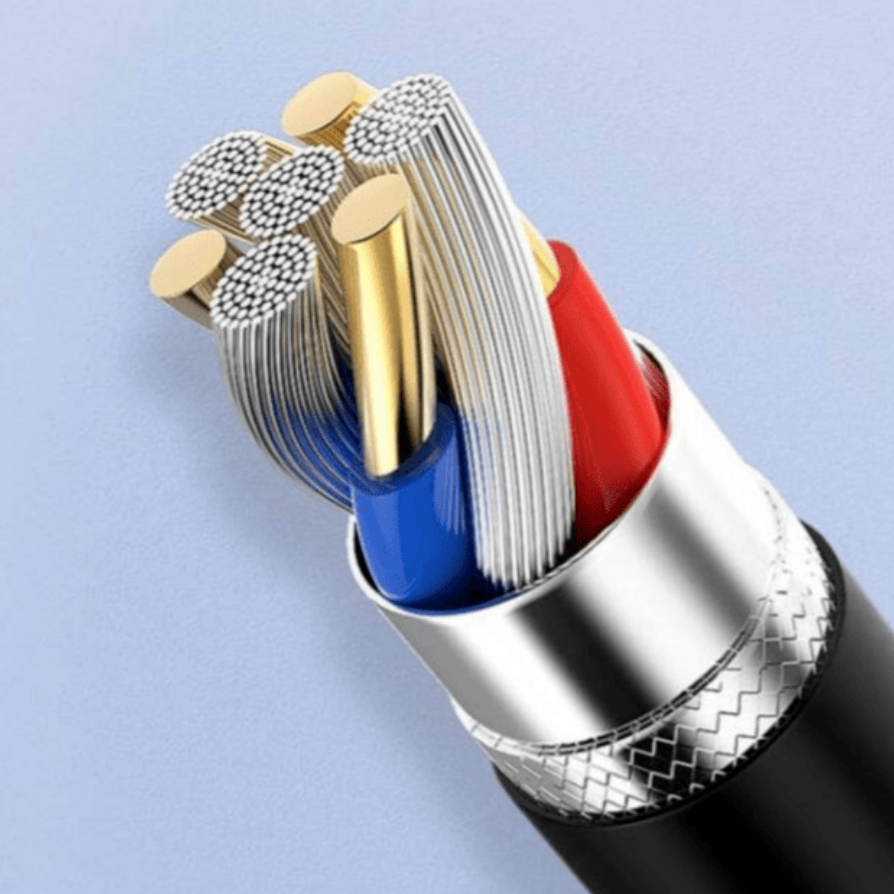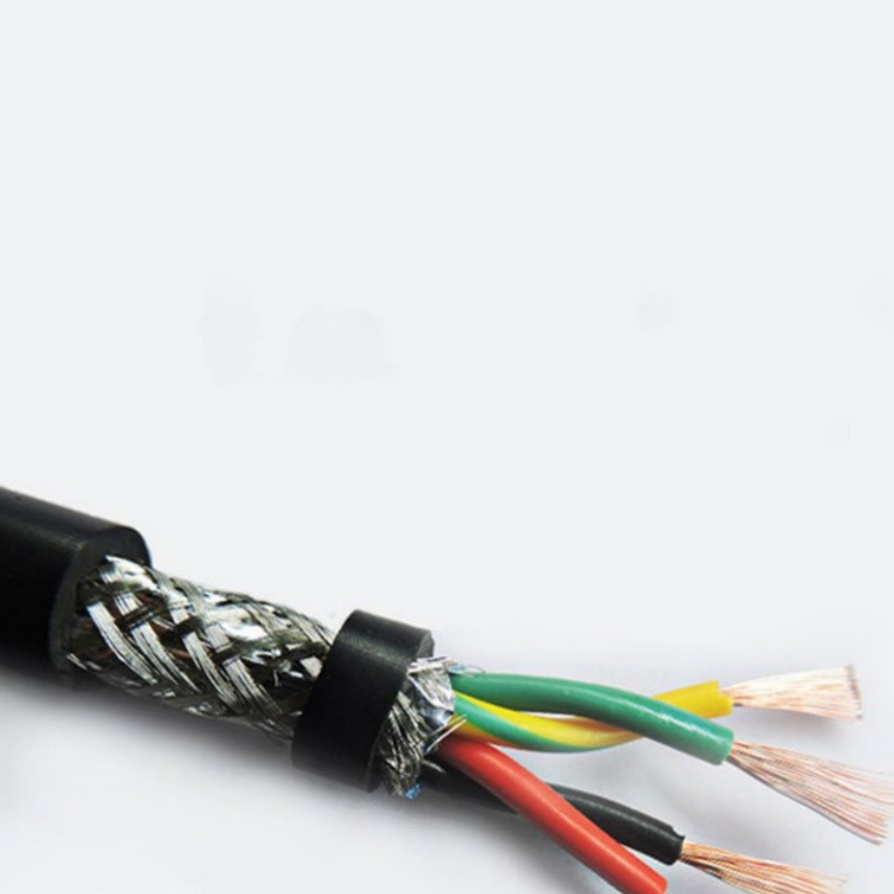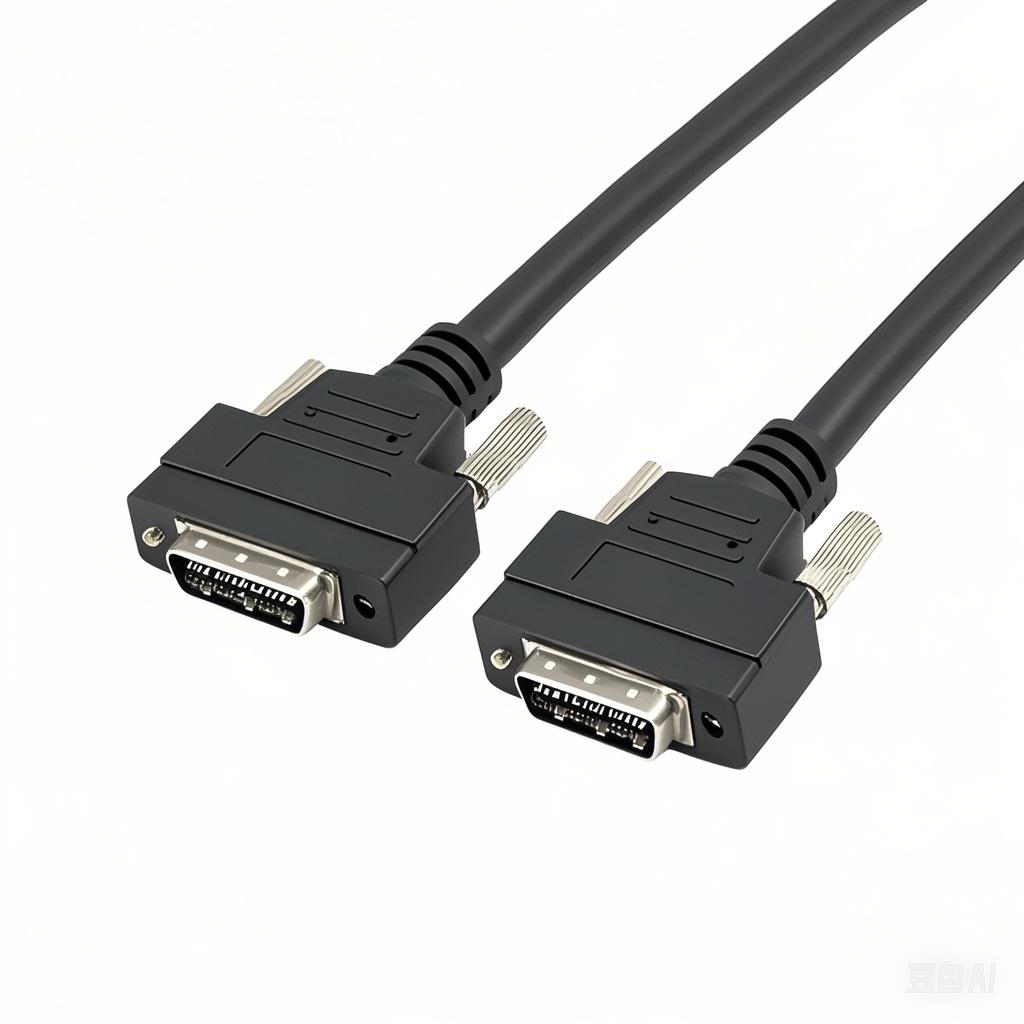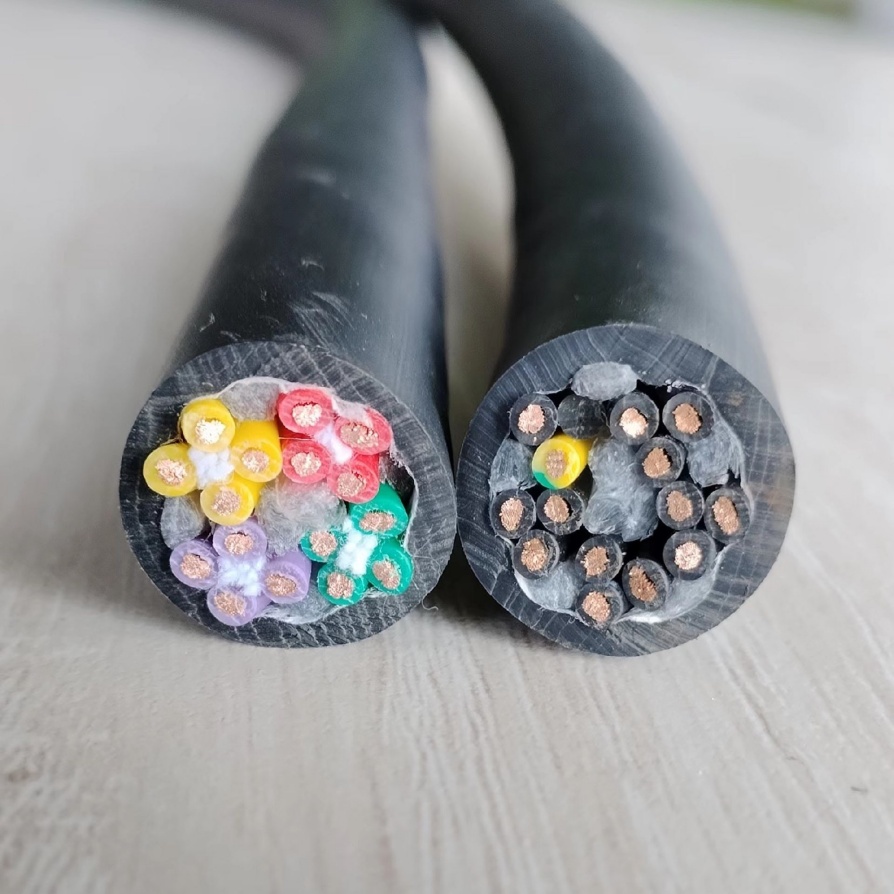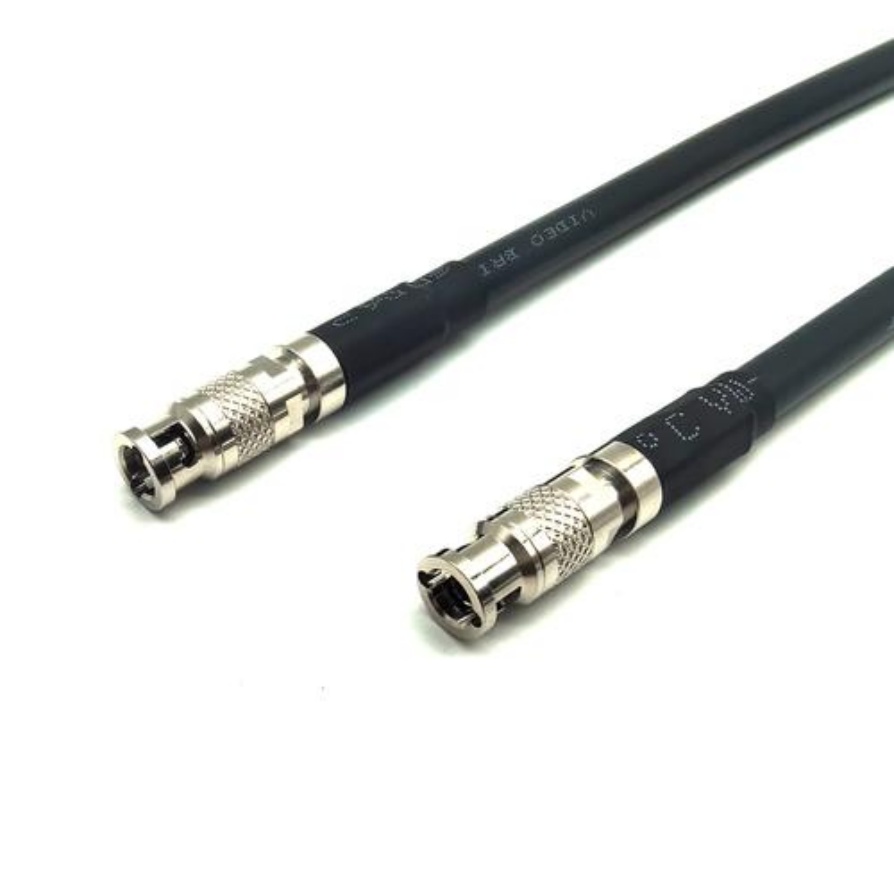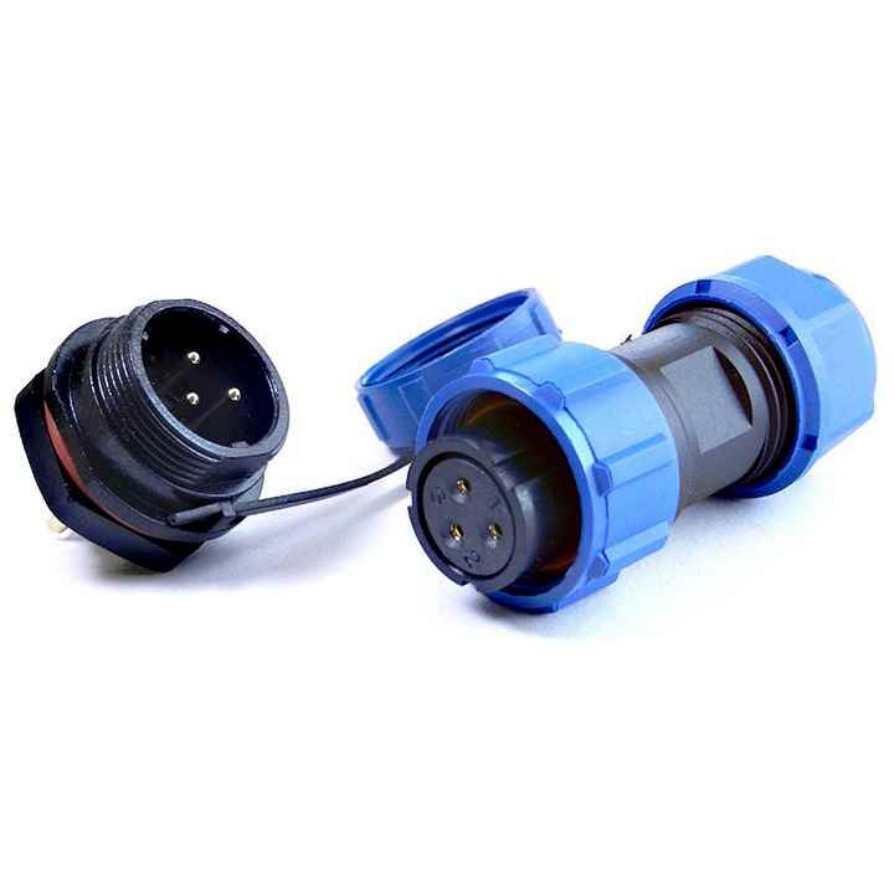What Is an 8K Machine Vision Cable?
In the era of industrial intelligence, machine vision systems are evolving toward higher resolution to meet the demands of precision detection. At the core of this evolution lies the 8K machine vision cable—a specialized transmission component designed to unlock the full potential of 8K imaging technology. Unlike conventional data cables, it is engineered to handle the unique challenges of transmitting 33 million-pixel images (7680×4320 resolution) with uncompromised integrity, serving as the “neural pathway” connecting high-performance 8K cameras, frame grabbers, and processing units in industrial environments.
Core Technical Traits of 8K Machine Vision Cables
The value of 8K machine vision cables stems from their ability to balance high bandwidth, signal stability, and environmental adaptability—three critical attributes that distinguish them from standard cables.
1. Ultra-High Bandwidth and Transmission Speed
8K resolution generates massive data volumes, requiring cables to support extraordinary bandwidth. According to industry calculations, an 8K stream typically demands a baseline bandwidth of 80 Mbps, with peaks soaring much higher in high-frame-rate scenarios. To meet this need, leading cables adopt advanced interface protocols:
- Camera Link HS (CLHS): As a next-generation standard, it supports up to 16 Gbps of bandwidth, enabling 8K image transmission at 300 kHz line rates and extending distances to over 300 meters via fiber optics.
- GigE Vision 3.0: Leveraging the RoCEv2 protocol, it achieves data rates up to 400 Gbps, allowing direct memory access to avoid packet loss and reduce latency.
- X over Fiber: Developed for high-speed industrial scenarios, this custom protocol delivers 20 Gbps bandwidth over dual links, matching the needs of 8K line-scan cameras in 锂电 and PCB inspection.
2. Uncompromised Signal Integrity
High-frequency 8K signals are 极易 distorted by interference and attenuation. Premium 8K machine vision cables address this through precision engineering:
- Impedance Consistency: Tightly controlled characteristic impedance (typically 45Ω or 50Ω) prevents signal reflection, requiring micron-level accuracy in conductor diameter and dielectric thickness.
- Low-Loss Materials: Silver-plated copper conductors minimize skin-effect losses, while foam FEP or PTFE dielectrics reduce signal attenuation even at frequencies above 12 GHz.
- Multi-Layer Shielding: Combining aluminum foil and braided mesh shielding, these cables achieve near-complete EMI/RFI protection—critical for factory floors crowded with motors and power equipment.
3. Extended Transmission Distance and Versatile Media
Industrial layouts often require cables to span long distances between cameras and control rooms. 8K machine vision cables offer flexible solutions:
- Fiber Optic Cables: Ideal for long-range transmission (up to 300 meters), they are immune to electromagnetic interference and lightweight enough for complex routing.
- Copper Cables: Cost-effective for short to medium distances (15–50 meters), advanced designs like active copper hybrids maintain signal quality without external power supplies.
4. Robust Mechanical Reliability
Industrial environments demand cables that withstand harsh conditions:
- Flexibility: Ultra-thin designs (as narrow as 6.5 mm diameter) with small bending radii fit tight spaces in robotic arms or inspection equipment.
- Durability: TPU or silicone jackets resist oil, abrasion, and temperature extremes (-40°C to 85°C), ensuring longevity in automotive and semiconductor factories.
Key Application Scenarios
8K machine vision cables enable precision detection across industries where detail matters most:
- Semiconductor & Electronics: Supporting multi-spectral 8K cameras to inspect wafer surface defects and PCB subsurface anomalies via NIR penetration.
- High-Speed Manufacturing: Powering 8K line-scan cameras in 锂电 and film production, capturing 200 kHz line rates to detect micro-cracks in materials.
- Security & Surveillance: Transmitting 8K footage for license plate recognition and facial feature analysis in smart cities, with 98% accuracy in low-light conditions.
- Renewable Energy: Connecting drone-mounted 8K cameras for wind turbine blade inspections, identifying millimeter-scale damage without manual climbing.
How to Choose the Right 8K Machine Vision Cable?
- Match Interface Requirements: Select CLHS cables for ultra-high speed (e.g., 300 kHz line scans), GigE Vision 3.0 for scalable multi-camera setups, or X over Fiber for cost-effective high-bandwidth needs.
- Prioritize Transmission Distance: Opt for fiber optics beyond 50 meters; choose active copper cables for 15–30 meter deployments to balance cost and performance.
- Verify Environmental Ratings: Ensure IP67 shielding for wet/dusty areas and flexible designs for dynamic applications like robotic arms.
- Check Quality Certifications: Look for compliance with CE/RoHS and interface-specific standards (e.g., HDMI 2.1 for display-integrated systems).
When precision and reliability are non-negotiable, FRS factory stands as your trusted partner for 8K machine vision cables. Engineered to meet the strictest industrial standards, FRS cables integrate silver-plated conductors, multi-layer shielding, and low-loss dielectrics to deliver unrivaled signal integrity. Supporting CLHS, GigE Vision 3.0, and custom protocols like X over Fiber, our cables span 15 meters to 300 meters, adapting seamlessly to semiconductor, 锂电,and smart manufacturing environments. With rigorous testing for impedance consistency and mechanical durability, FRS ensures your 8K machine vision systems perform flawlessly—every time. Choose FRS, and power your precision with cables built for the future.


